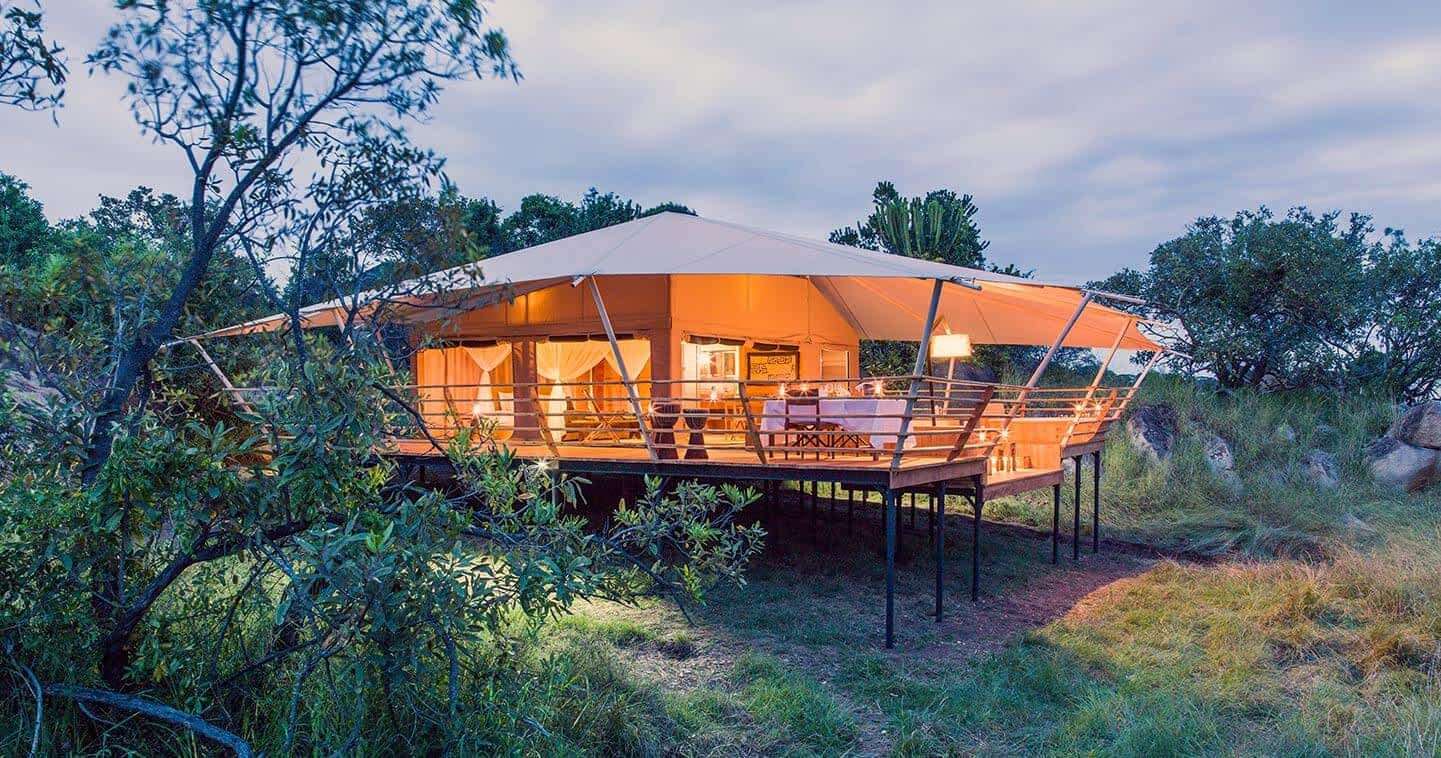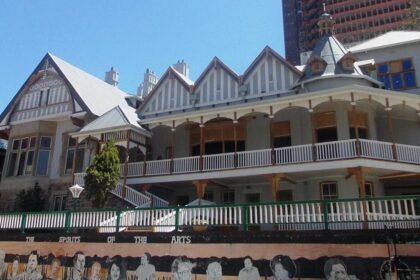At a Glance
- African national parks offer unmatched wildlife safaris blending luxury, conservation, and iconic species encounters.
- Serengeti, Maasai Mara, and Kruger lead with vast migrations, Big Five sightings, and upscale safari lodges.
- Unique parks like Chobe and Etosha provide river cruises and stark landscapes, enhancing diverse safari experiences.
Africa’s premier national parks are staging a powerful comeback as safari tourism surges, fueled by global demand for immersive wildlife experiences and eco-luxury adventures.
Spanning millions of hectares, these parks not only preserve iconic species but also underpin local economies, blending conservation with high-end travel.
Here’s a breakdown of the top seven African national parks offering the continent’s best wildlife safaris—each delivering unforgettable encounters with nature’s most majestic creatures.
Serengeti National Park, Tanzania
Renowned for the Great Migration, Serengeti’s 15,000 square kilometers teeming with over 2 million wildebeest, zebras, lions, cheetahs and more than 500 bird species.
Hot air balloon safaris at dawn offer sweeping views of vast plains dotted with acacia trees and kopjes.
High-end lodges like Four Seasons Safari Lodge Serengeti are drawing upscale travelers, while budget-friendly options ensure broad accessibility.
Kruger National Park, South Africa
One of Africa’s largest game reserves, Kruger offers a mosaic of ecosystems split into five distinct regions, each rich in wildlife and adventure options.
Visitors indulge in 4×4 game drives and intimate bush dinners under star-studded skies. Kruger’s well-established luxury lodges and honeymoon packages make it a premier destination for romance and wildlife viewing, featuring the coveted Big Five.
Chobe National Park, Botswana
Famous for its lush landscapes nourished by the Chobe River, this park attracts vast herds of elephants, hippos, and diverse birdlife, particularly during dry seasons.
The network of waterways creates unique safari experiences, including river cruises and game drives through some of Southern Africa’s richest biodiversity hotspots.
Maasai Mara National Reserve, Kenya
Bordering Tanzania’s Serengeti, the Maasai Mara covers 1,510 sq km with extended conservancies doubling that area.
It hosts over 95 mammal species and 570 birds, blending game viewing with rich Maasai cultural experiences.
Accessibility from Nairobi and upscale lodges make it a top choice for travelers seeking seamless luxury combined with world-class wildlife sightings.
Etosha National Park, Namibia
Known as Namibia’s foremost wildlife sanctuary, Etosha is defined by its vast salt pan, creating striking landscapes where animals congregate at sparse waterholes.
Its sparse vegetation offers excellent game spotting for lions, elephants, leopards, cheetahs, and rare species like the eland.
This park offers a uniquely stark, unforgettable safari experience.
Hwange National Park, Zimbabwe
Covering 14,650 sq km, Hwange is Zimbabwe’s largest national park and home to the continent’s largest elephant population.
It’s also a sanctuary for endangered wild dogs and hosts over 100 mammal species and nearly 400 bird species.
Its diverse habitats support four of the Big Five, making Hwange a compelling destination for conservation-minded travelers.
Addo Elephant National Park, South Africa
Recently expanded to become South Africa’s third-largest game reserve, Addo is renowned for its sizable elephant herds and Big Five sightings.
The park’s diverse biomes—fynbos, Albany thicket, and coastal forests—offer rich foraging grounds.
Nearby Algoa Bay adds marine wildlife viewing opportunities, including southern right whales and great white sharks.forest, Indian Ocean coastal belt and Nama Karoo (dry shrubland). The vegetation is the primary source of food for the elephants.





